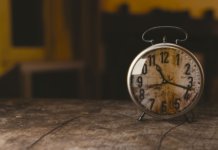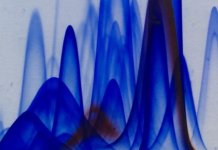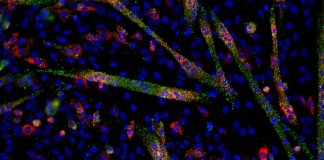The pace of aging: a promising set of biomarkers?
A recent study from the Proceedings of the National Academy of Sciences journal states results from a longitudinal and transversal following of a New Zealand population of more than 1,000 patients whose data were collected over 12 years (between the ages of 26 and 38, on subjects recruited at birth) [1].
During the study, the researchers studied 18 biomarkers given as either risk factors and/or markers of age-related diseases, in order to measure the “pace of aging” among this new population. The different biomarkers allow to evaluate the organ function and general health There are physical criteria such as BMI (Body Mass Index), hip-to-waist ratio or dental health, but also biological criteria, like the levels of triglycerides, cholesterol, creatinine and urea. At last, genetic criteria were taken into account, with the detection of mutations for the APO (a molecule linked to lipid regulation) or hemoglobin coding genes.
The main interest of the study is that it measured aging, not at a given time (like it is usually the case with biological age) but in a steady manner over time, ending up with a new measure : the pace of aging [1].
The process, that can be quantified from young adulthood to the end of life, is reflected by a progressive deterioration of the organs, underlined by the measure of the many biomarkers presented in the study. This measure is coherent with the biological age, a quantifier already established in the scientific world, that can predict the slow or fast decline of some organs and certain pace of aging, independently from the chronological age of a person.
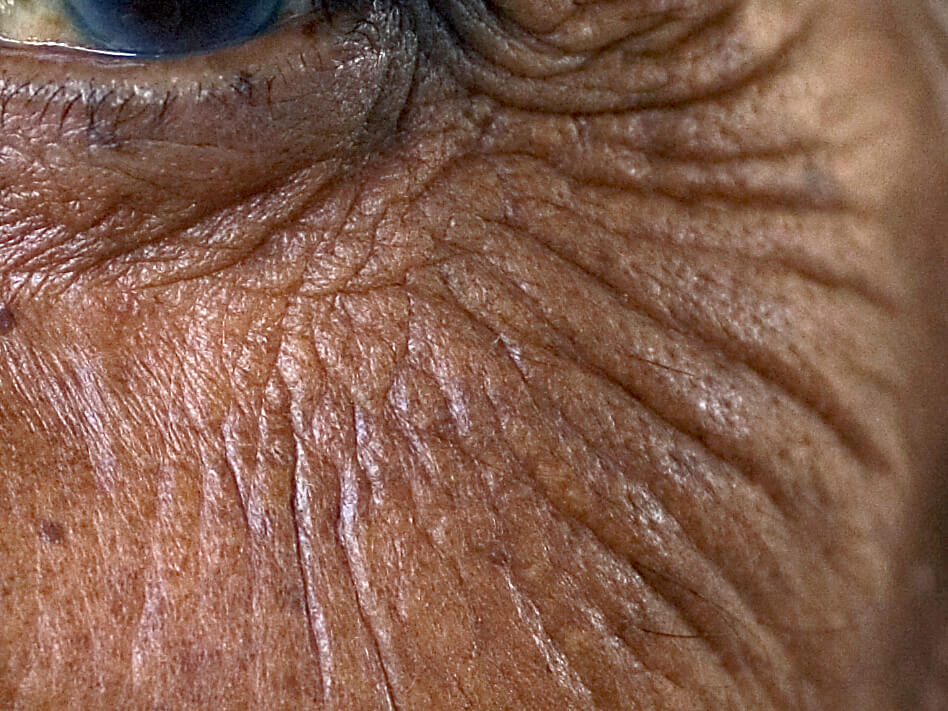
NHANES, 9 hallmarks of aging, biological age, pace of aging… What applications?
In the New-Zealand study, the research team compared the NHANES biological age with their own measurements, the pace of aging. Both techniques use physical, biological and genetical biomarkers to appreciate the biological age at a given moment (in the case of NHANES) and the evolution of a biological age (for the pace of aging). Both measures being correlated, the patients with a more advanced biological age also had a faster pace of aging. However, measuring the pace of aging allows for a longitudinal follow-up of patients with a main interest, especially in following up on the effects of anti-aging treatments or treatments that fight age-related diseases. The repeated measure of the biological age would allow, like cancer-preventing campaigns, to set up protocols to prevent aging and the associated diseases from the ages of 25-30.
At the same time, highlighting the 9 hallmarks of aging [3] and their acceptation by the scientific community gave additional tools to the biomarkers-based studies.
Here are the currently recognized hallmarks of aging [3]:
- altered intercellular communication, which is the progressive loss of the cells’ capacity to send important signals to each other and to the organelles that compose them,
- genomic instability, which is the loss of the DNA’s repair properties through cell division and the simultaneous increase of the number of mutations,
- telomere shortening (see our Telomere pages) which is the loss of the protection of the end of our chromosomes, triggering a possible loss of genetic information through cell division, sending some of our cells into senescence,
- epigenetic alterations, which is a change in the regulation of gene expression, sometimes triggering the decrease (or increase) of the expression of a given protein,
- loss of proteostasis, which is the loss of proper folding for synthesized molecules. It can bring up a functional problematic, since the 3D structure of proteins is fundamental to their function,
- deregulated nutrient sensing, through the deregulation of the signaling pathway for insulin and mTOR,
- mitochondrial dysfunction, which is when the energy production mechanisms of our cells crumble down, along with the mitochondria’s ability to handle oxidative stress,
- cellular senescence, which is when some cells’ activity is put on hold as a response to cellular damage, a protection mechanism the inactivates too many cells as the body ages,
- stem cell exhaustion, which lowers our regeneration capacity.
Identifying these 9 hallmarks of aging helped to develop new research leads. Combined with the NHANES scales and the pace of aging, they are about to revolutionize the world of the biomarkers of physiological aging.
The final goal of all these studies is to be able to estimate a biological age, to follow up with it through the years, and thanks to specific biomarkers (either already identified or in the process of being developed) it could allow patients to access a real measure of how they age. From this measure, it would be possible to go for food supplements (see our anti-aging molecules), preventative methods (such as caloric restriction, quitting smoking…) and medical treatments to reduce the pace of aging and, who knows, one day, to stop it in its tracks?
Check out our other articles on the measure of aging:
All our articles on the Metrology of Aging
Measuring aging: what is your biological age?

Measuring our biological age and take consistent dispositions to avoid it, it’s a dream come true !
Part 1: Measuring aging: Cartographie PhysiologiqueⓇ
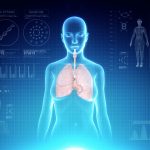 This method to measure aging and physiological age measures the many physical and biological characteristics that were definitely linked to the aging process (cholesterol levels, unipedal stance test, central obesity…)
This method to measure aging and physiological age measures the many physical and biological characteristics that were definitely linked to the aging process (cholesterol levels, unipedal stance test, central obesity…)
Part 2: Measuring aging: the eighteen markers of Duke University
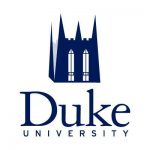
This method follows the decline of many organic systems (cardiovascular, lungs, kidneys, liver, teeth, and immune system) by quantifying 18 markers for chronic diseases linked to aging. This technique was developed by a research team from Duke University, under the supervision of Dr. Daniel Belsky.
Part 3: DNA methylation, a promising lead towards the measure of aging?
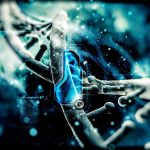 DNA methylation levels grow with the number of divisions a cell undergoes. The number of cell divisions grows with time. Therefore, measuring the methylation of DNA helps to quantify aging. Treating DNA with bisulfites allows to convert non-methylated cytosines into uraciles, so the methylated cytosines can easily be identified. We deduce a physiological age from their numbers.
DNA methylation levels grow with the number of divisions a cell undergoes. The number of cell divisions grows with time. Therefore, measuring the methylation of DNA helps to quantify aging. Treating DNA with bisulfites allows to convert non-methylated cytosines into uraciles, so the methylated cytosines can easily be identified. We deduce a physiological age from their numbers.
Part 4: Telomeres, at witnesses of the physiological age, as a tool to measure aging
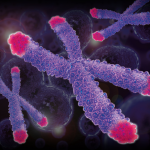 Telomeres can be found at the end of our chromosomes, and get shorter with age. There are many techniques to measure their length (TRFs, Q-Fish, qPCR, STELA…) based on the Southern Blot principle, PCR and in situ hybridization.
Telomeres can be found at the end of our chromosomes, and get shorter with age. There are many techniques to measure their length (TRFs, Q-Fish, qPCR, STELA…) based on the Southern Blot principle, PCR and in situ hybridization.
References
[1] Daniel W. Belsky et al., Quantification of biological aging in young adults, PNAS,
[2] https://www.cdc.gov/nchs/nhanes/about_nhanes.htm
[3] Carlos Lopez-Otin et al. The hallmarks of aging, Cell, June 2013, 153 (6); 1194-1217
Dr. Marion Tible
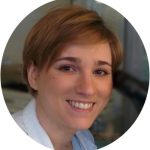
Author/Reviewer
Auteure/Relectrice
Marion Tible has a PhD in cellular biology and physiopathology. Formerly a researcher in thematics varying from cardiology to neurodegenerative diseases, she is now part of Long Long Life team and is involved in scientific writing and anti-aging research.
More about the Long Long Life team
Marion Tible est docteur en biologie cellulaire et physiopathologie. Ancienne chercheuse dans des thématiques oscillant de la cardiologie aux maladies neurodégénératives, elle est aujourd’hui impliquée au sein de Long Long Life pour la rédaction scientifique et la recherche contre le vieillissement.
En savoir plus sur l’équipe de Long Long Life
Dr Guilhem Velvé Casquillas
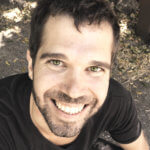
Author/Reviewer
Auteur/Relecteur
Physics PhD, CEO NBIC Valley, CEO Long Long Life, CEO Elvesys Microfluidic Innovation Center
More about the Long Long Life team
Docteur en physique, CEO NBIC Valley, CEO Long Long Life, CEO Elvesys Microfluidic Innovation Center
En savoir plus sur l’équipe de Long Long Life



![[Video] Eurosymposium on Healthy Ageing, Brussels, 2018 Eurosymposium on Healthy Aging](http://www.longlonglife.org/wp-content/uploads/2019/07/P1310252-218x150.jpg)






